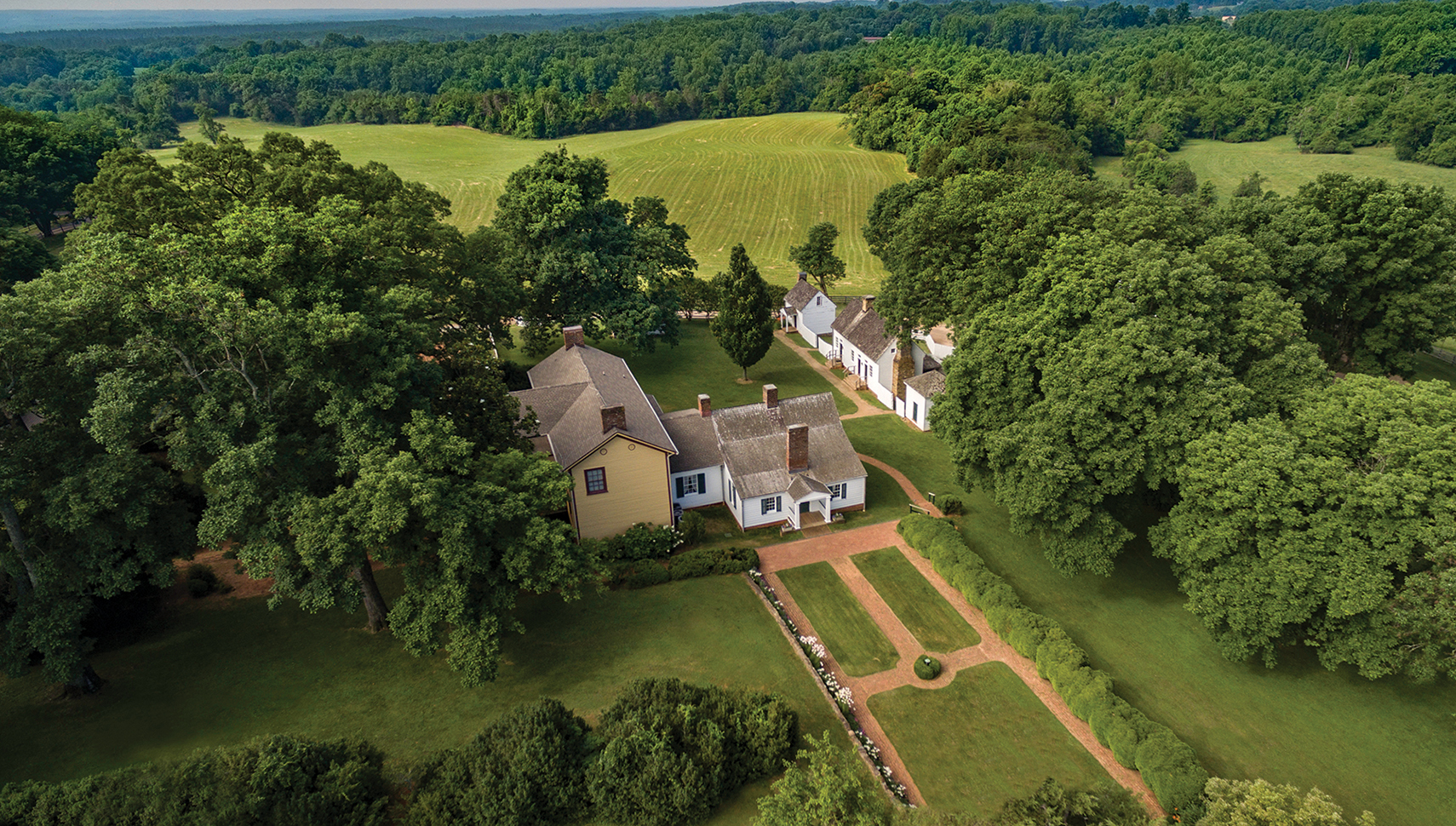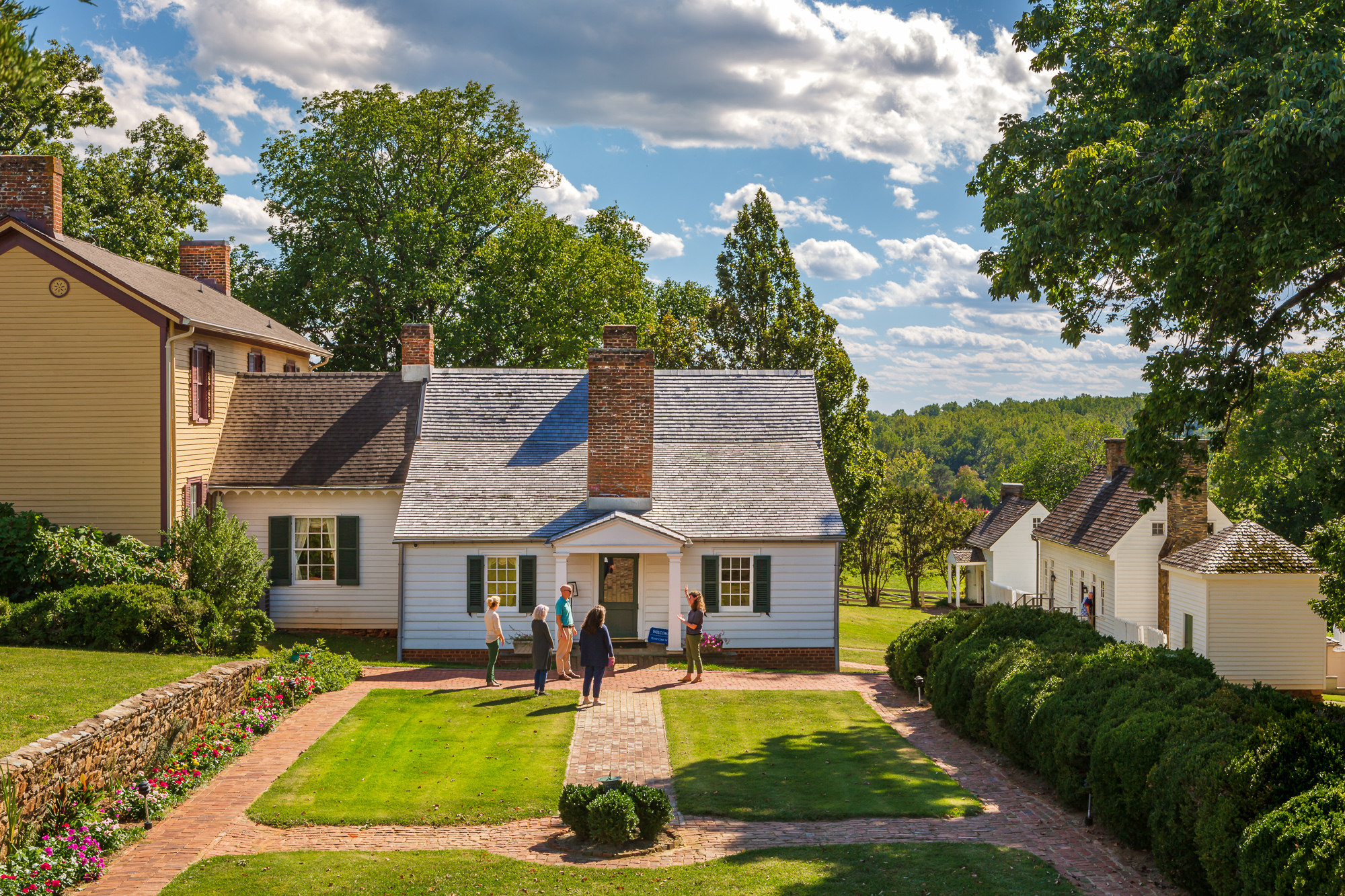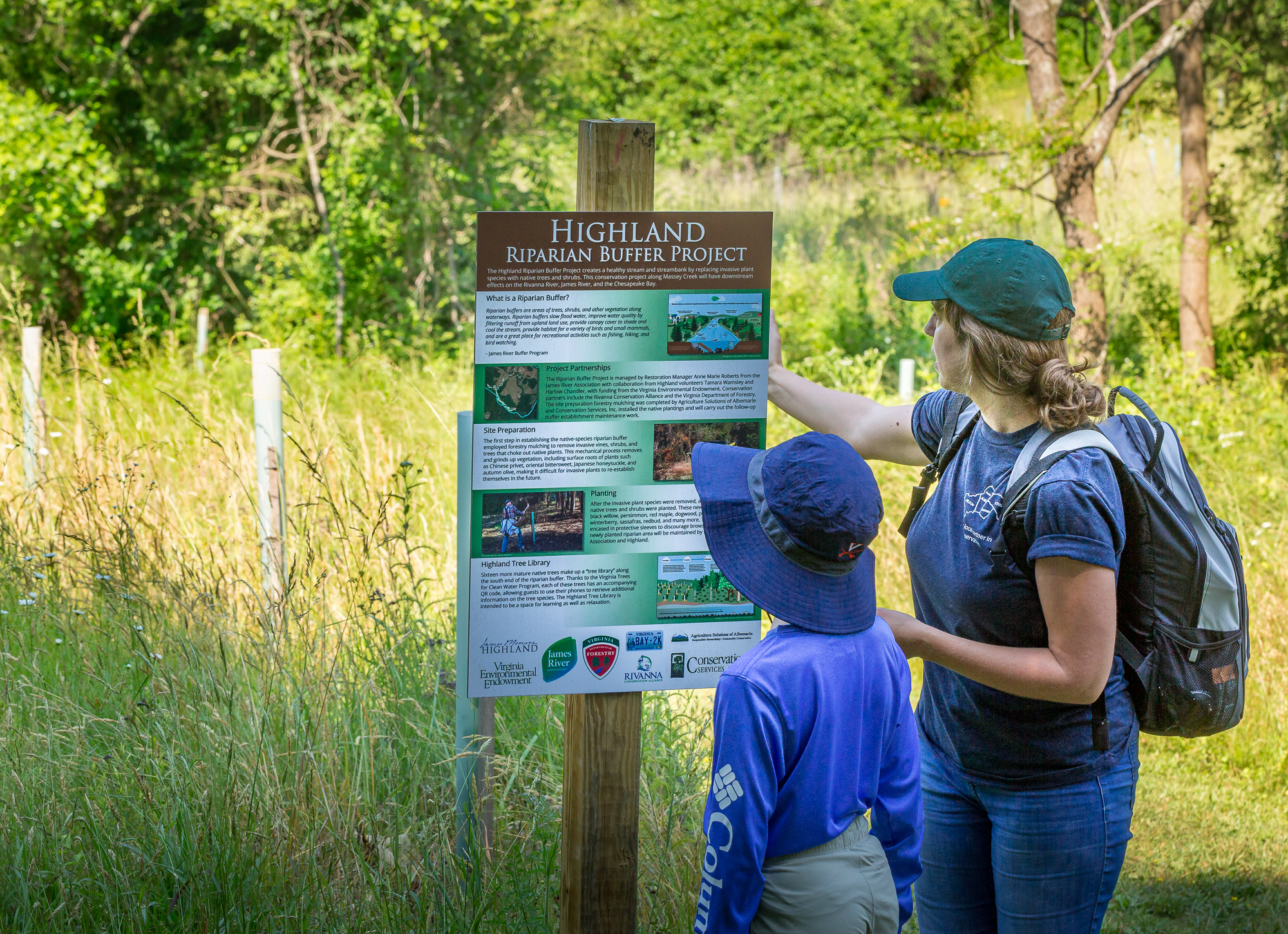Celebrating 50 Years of W&M’s Highland
October 1, 2025
By
Claire De Lisle M.B.A. ’21
Photos By
Gene Runion

Before he was the nation’s fifth president, James Monroe was a William & Mary student from 1774-1776, before leaving to fight in the Continental Army. For the past 50 years, the site of his home in Albemarle County, Virginia, has been part of William & Mary’s campus.
The university was given the 535-acre property, then called Ash Lawn, in 1974 and reopened it to the public in 1975. Since then, the university and Highland have transformed the public site in the Charlottesville area into a thriving location for archaeology, interdisciplinary research and collaboration between William & Mary and the local community.
 As well as exploring the historic role of James Monroe, Highland uncovers and shares the stories of the many diverse individuals who lived at the site, connecting their stories with the larger threads of U.S. history. Highland staff work closely with a Council of Descendant Advisors (whose ancestors were enslaved or free Black laborers at Highland) who collaborate on museum and community initiatives. Year-round, visitors can explore the museum, hike the trails and explore active conservation projects, or attend programs and educational events.
As well as exploring the historic role of James Monroe, Highland uncovers and shares the stories of the many diverse individuals who lived at the site, connecting their stories with the larger threads of U.S. history. Highland staff work closely with a Council of Descendant Advisors (whose ancestors were enslaved or free Black laborers at Highland) who collaborate on museum and community initiatives. Year-round, visitors can explore the museum, hike the trails and explore active conservation projects, or attend programs and educational events.
It is also a site of ongoing discovery, showing how new research can change the historical narrative. In 2016, Highland’s archaeological research discovered the foundations of the 1799 main house — and simultaneous research showed that the extant house on the property long believed to be a surviving wing of the main house was instead a separate guest house. A major new exhibition, “Window to a New America,” reinterprets the site based on the new discoveries.
Affectionately called “William & Mary West,” Highland serves as a western Virginia location for students, alumni and faculty to gather and learn. It is host to W&M classes, internships and professional development programs, as well as a variety of alumni events.
“Highland is a place of learning,” says Sara Bon-Harper, executive director of James Monroe’s Highland. “From our recent archaeological discoveries to student research projects and alumni events, William & Mary’s mission comes through in our year-round activities.”
 To celebrate 50 years, Highland is collaborating with the W&M Alumni Association’s Charlottesville-Highland network on a speaker series highlighting various aspects of Highland’s history. In April, Bon-Harper launched the series with a virtual talk on the past and future of Highland, with a spotlight on recent discoveries. On Sept. 6, W&M geology professor Chuck Bailey spoke about the geological landscape of the site and led a hike on the Highland Rustic Trails. On Oct. 4, leaders and students from Highland and W&M’s Institute for Integrative Conservation will discuss collaborative conservation projects. Then, on Nov. 13, Highland public historian Lisa Armstrong, who is also a descendent of enslaved people who lived at Highland, will lead a virtual presentation with W&M students about food traditions and heritage.
To celebrate 50 years, Highland is collaborating with the W&M Alumni Association’s Charlottesville-Highland network on a speaker series highlighting various aspects of Highland’s history. In April, Bon-Harper launched the series with a virtual talk on the past and future of Highland, with a spotlight on recent discoveries. On Sept. 6, W&M geology professor Chuck Bailey spoke about the geological landscape of the site and led a hike on the Highland Rustic Trails. On Oct. 4, leaders and students from Highland and W&M’s Institute for Integrative Conservation will discuss collaborative conservation projects. Then, on Nov. 13, Highland public historian Lisa Armstrong, who is also a descendent of enslaved people who lived at Highland, will lead a virtual presentation with W&M students about food traditions and heritage.
To cap off commemorations Highland will host a Yule Log celebration in December with President Katherine A. Rowe.
“Highland embodies the spirit of inquiry that is an essential part of the William & Mary community,” says Charlottesville-Highland network president Alison Dwier-Seldon ’86. “We are excited about sharing Highland’s forward-facing view of the past.”